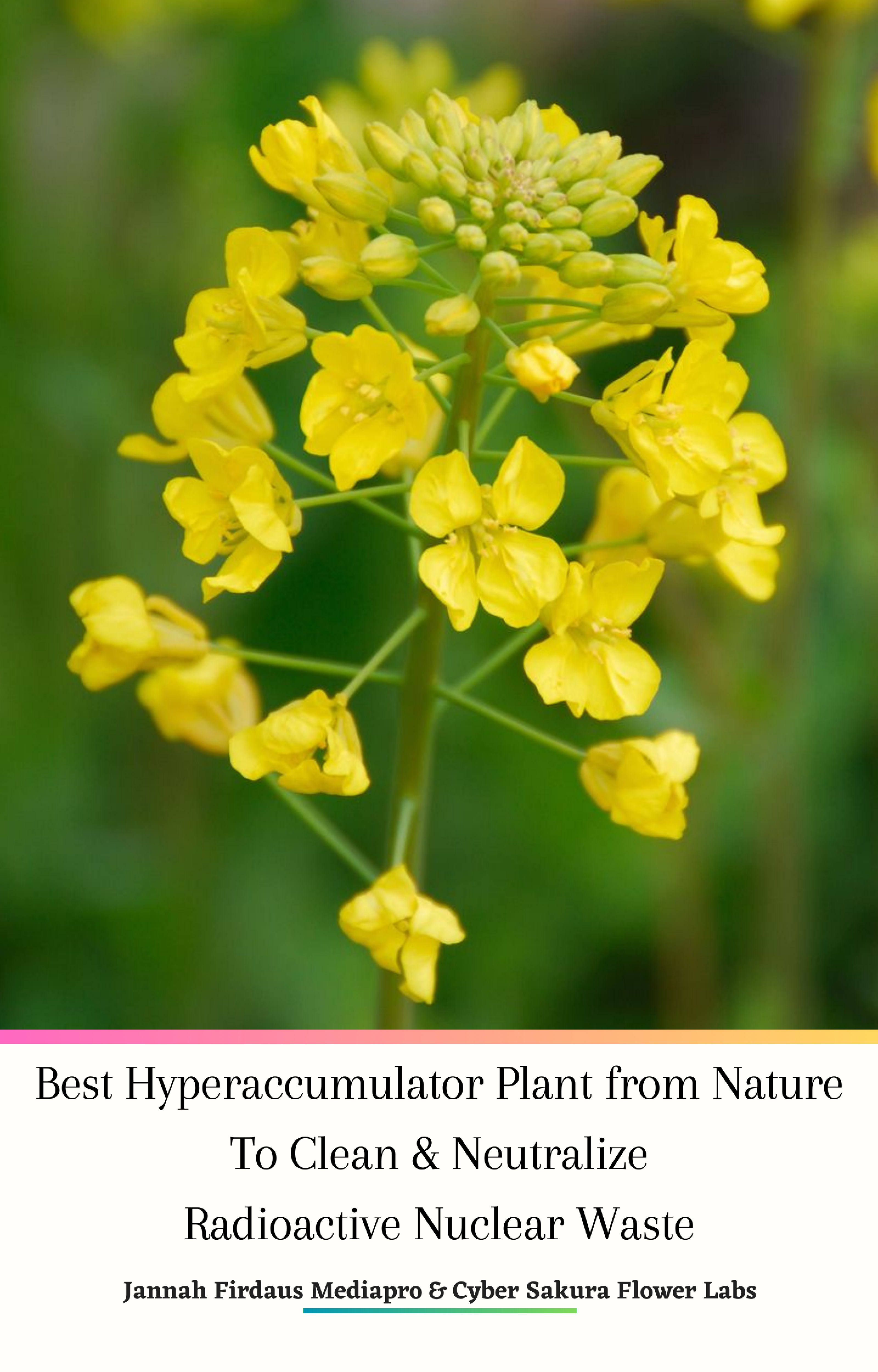
Hyperaccumulator plants are capable of removing and storing large amounts of radioactive nuclear waste from the environment. These plants are often used in phytoremediation, a process of using plants to remove pollutants from the environment.
Examples of hyperaccumulator plants include Sunflower, Thlaspi caerulescens, Pteris vittata, Stanleya pinnata, Vetiveria zizanioides and Euphorbia hirta. These plants have been used in the past to clean up the radioactive isotopes that were released during the Chernobyl Nuclear Power Plant accident in 1986.
Additionally, some species of hyperaccumulator plants, such as Brassica juncea, have been shown to be effective at removing uranium from contaminated soil. Radioactive nuclear waste can be extremely dangerous to both humans and the environment. It has the potential to cause serious health problems and long-term environmental damage.
Radioactive Nuclear Waste can contaminate groundwater, soil, and air, and can spread to other areas, potentially causing serious health problems to people who come into contact with it. Radioactive nuclear waste can also have an effect on the environment, harming plants and animals and disrupting ecosystems.
Genre: SCIENCE / Physics / Nuclear
Thlaspi Caerulescens is an herb used in herbal medicine. It is a member of the Brassicaceae family, and is commonly known as pennycress, field pennycress or alpine pennycress. It is native to the Eurasian continent, and is most commonly found on rocks or soils enriched with lead or zinc. It has been used in a variety of herbal remedies, including as an alterative, diuretic, depurative, stomachic and tonic. It has also been used to treat skin issues, to reduce inflammation and to help with digestion.
Thlaspi Caerulescens is a plant species that is considered to be a hyperaccumulator, meaning it is able to tolerate and accumulate toxic levels of metals such as zinc and cadmium. This species has been widely studied for its remarkable properties to tolerate toxic levels of metals and has been used in phytoremediation studies to remove toxic metals from the environment. It is also able to absorb and store metal ions in its cell walls and cytoplasm, and has been shown to be more tolerant to high levels of zinc and cadmium than other species.